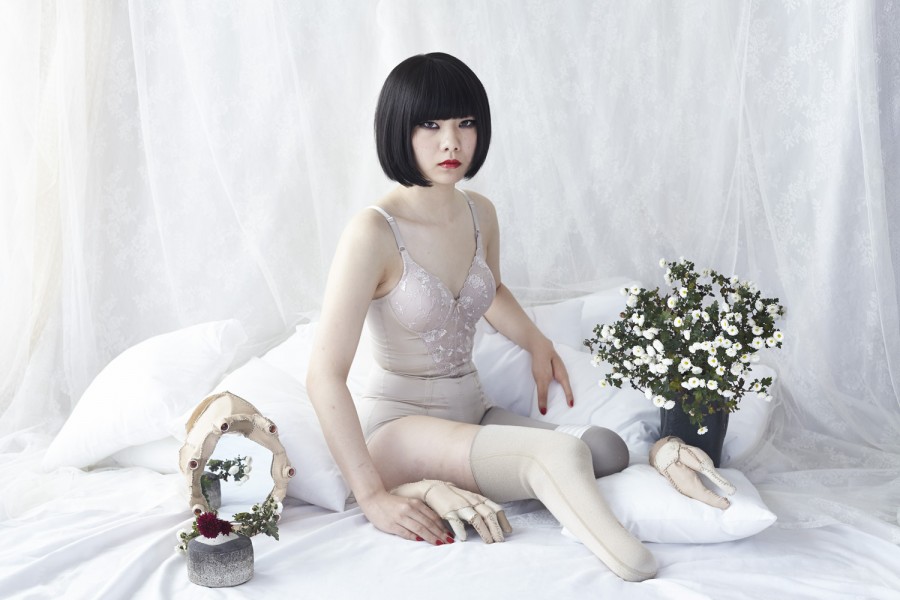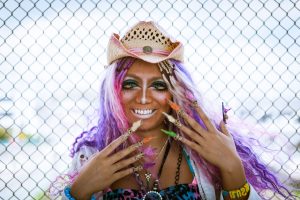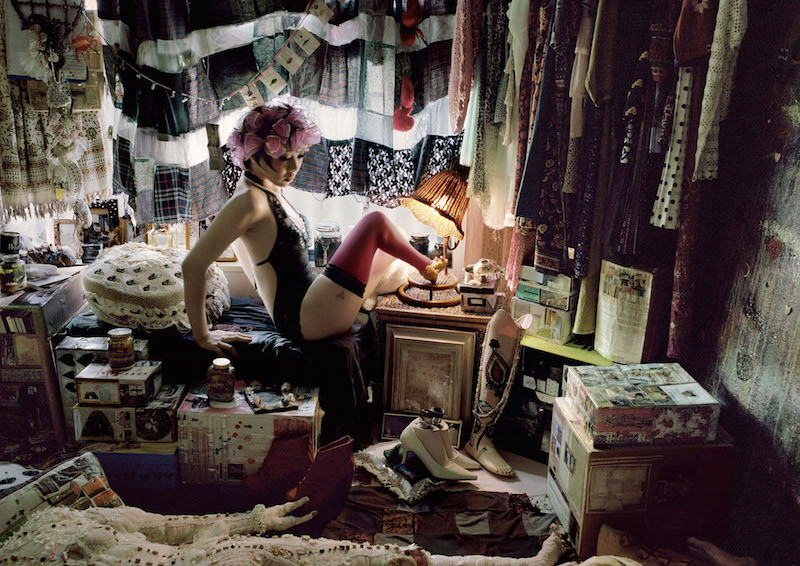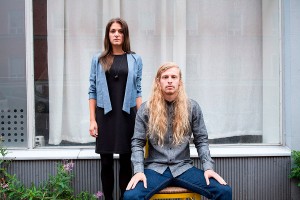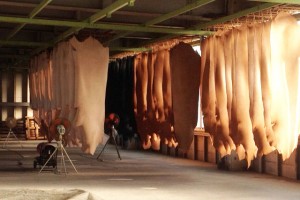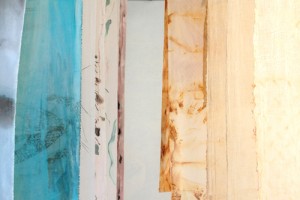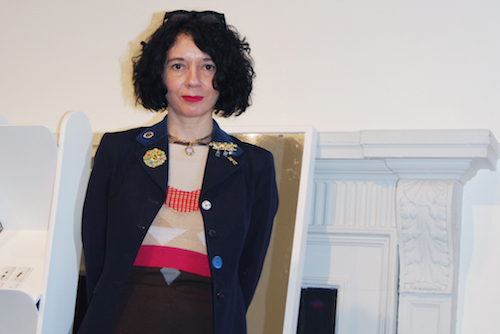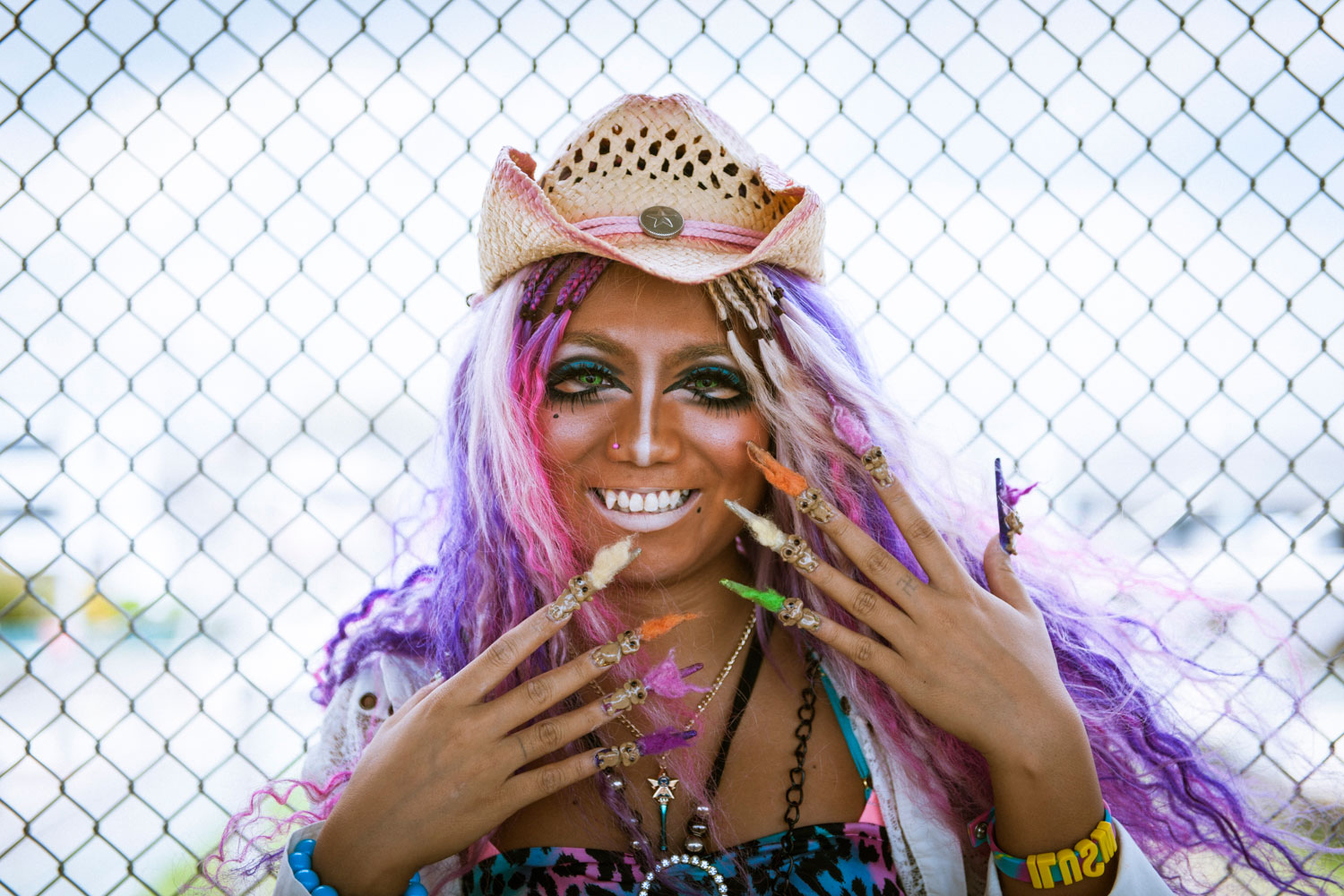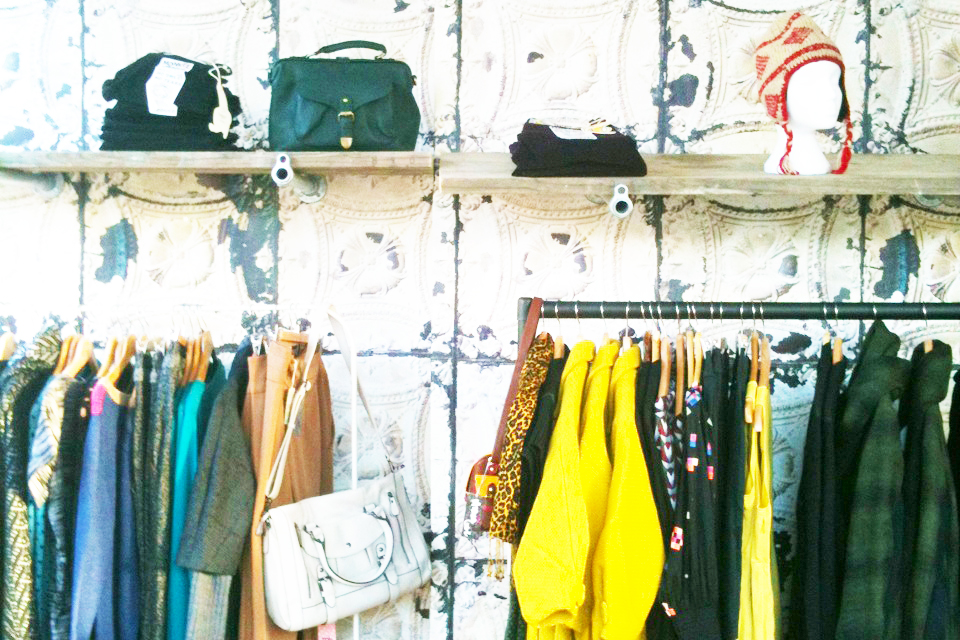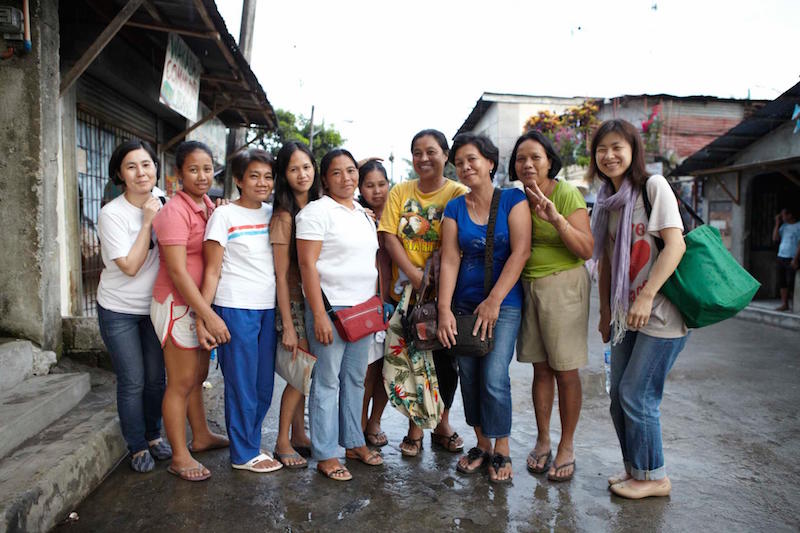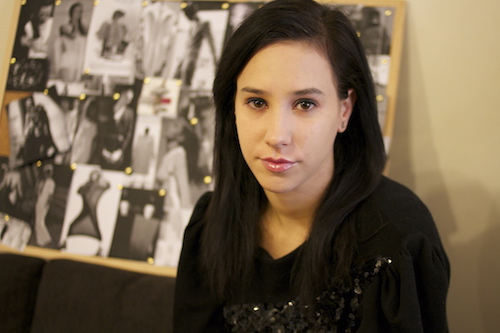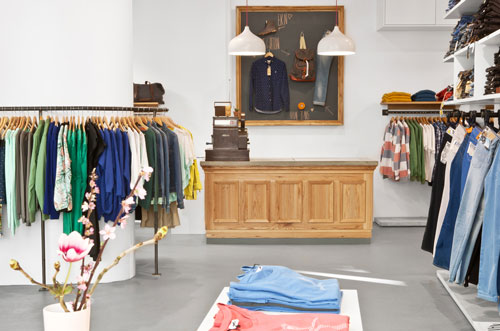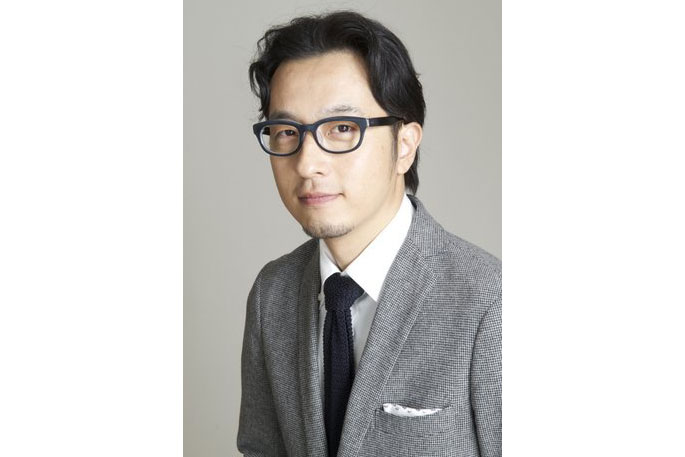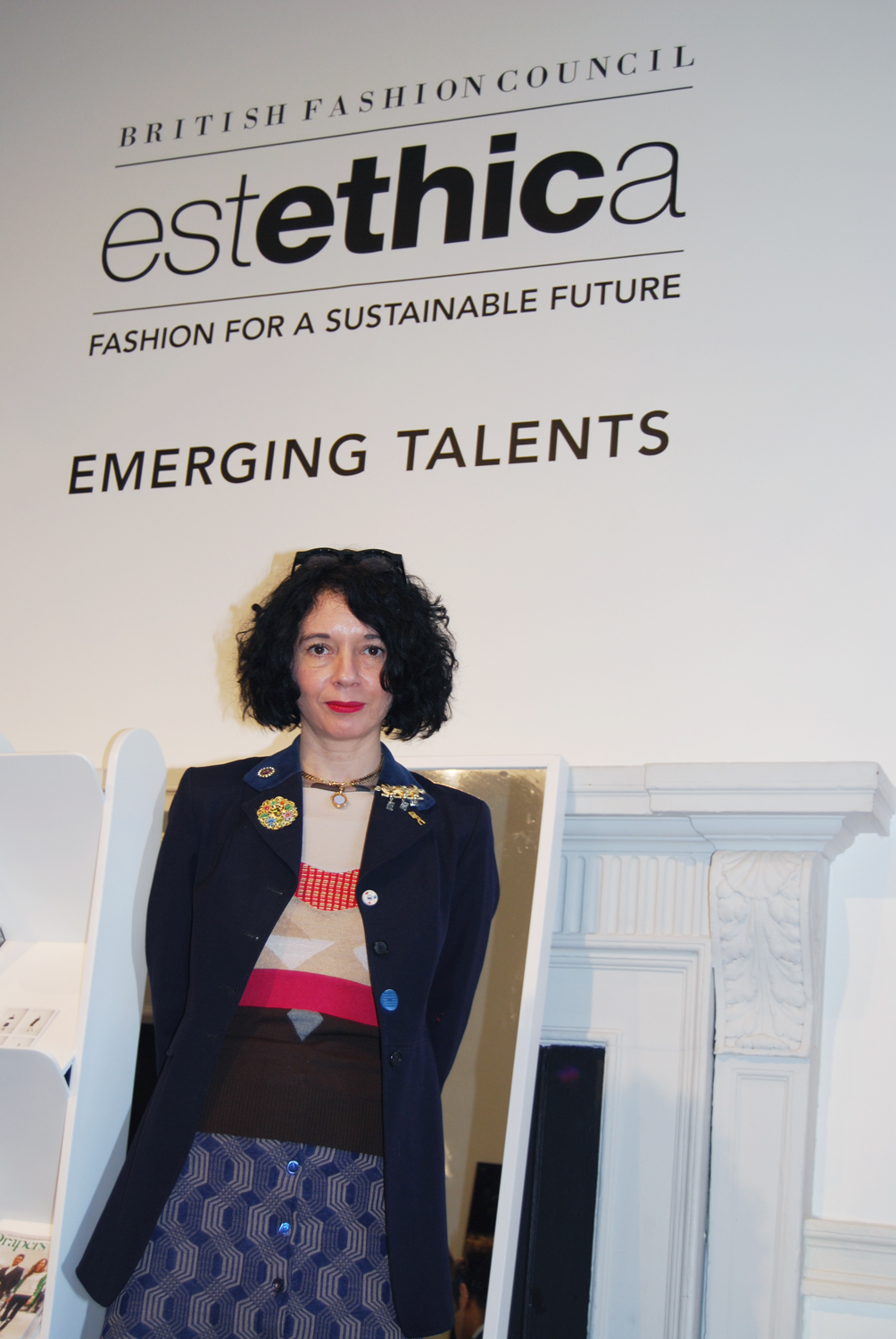
Orsola de Castro, the designer of upcycling brand “From Somewhere” as well as known as “Queen of Upcycling”
You have probably heard the name Orsola de Castro at least once. Italian-born, Orsola de Castro, started her label “From Somewhere” in 1997—it was the first label to address issues of pre-consumer waste and recycling reproducibility in the fashion industry. De Castro is the curator of the British Fashion Council’s eco-fashion initiative Esthetica and an all-round expert on the subject of eco-fashion.
“For me it was a creative journey, not originally an environmental one. As a designer, I liked re-using unwanted stuff. I liked the irreverence and sense of humor behind it. Then, little by little, it turned into something deeper,” she reflects. We have interviewed this inspiring woman, who has pioneered eco-fashion, to learn her views on the current eco-fashion scene through her long journey within it.
— You are acknowledged as “Queen of Upcycle”, would you share some tips for recycling/upcycling?
If something is broken, it doesn’t necessarily mean it’s unwearable. Some holes and rips are uglier than others, but this is an aesthetic choice. Some holes don’t need mending. Look at what happened to denim—they actually distress it on purpose, which is an indication that something broken can be beautiful. I believe the Japanese have a real aesthetic for broken things, like “wabi-sabi”. It is very inspiring that you can love something that looks ruined. So, my first piece of advice is, ‘maybe you don’t necessarily need to mend broken clothes’. It is all about the aesthetic of looking at things in a different way.
In terms of recycling, I know some people say ‘don’t buy cheap fashion’, ‘don’t buy fast fashion’, but I don’t believe in any of this. I believe in only one rule when you buy clothing: “Love something”. The act of buying fashion must be like taking a drug, it has to change your mood, and you must desire to wear it. For instance, my favorite nightgown is from Primark. But I’ve had it for nearly 12 years, because I love it.
— For your collection, how do you collect the fabrics?
When we started, we were using both pre-consumer and post-consumer fabric. Now, it turns out that we are in a partnership with these companies, and use the waste for a period of time. I just visit the warehouses and collect in bulk. For some companies, we have been working together for years, and for others, I only approach them when I find what I want to re-use in a season.
We worked with Speedo International, Johnstons of Elgin…We used to buy in bulk from Italy to keep everything local back when we used to produce in Italy. Now that we are producing in U.K., we are going in various directions.
— How much fabric do you source each season?
It depends. When you do an upcycle, you can’t demand specific meters of specific fabric; I get what they give me.
— You have been working with big companies like Speedo and TOPSHOP; how did you bring up these collaborations?
Speedo contacted us, but collaborating with TOPSHOP was something we had been discussing. I met their merchandising director many years ago in Sri Lanka. We did two collections advising the design team at TOPSHOP, one of which is coming up this April and uses their liability stock from Turkey. In the second collection, we used end of roll remnants from the TOPSHOP boutique collection—that one is made in the U.K.
Even though the TOPSHOP collaboration is a part of our Reclaim to Wear project, they all come about because people know the From Somewhere label. I realized that however small we are as a brand, we have a lot of respect from the industry for what we have done. I believe that was something that opened the door for us.
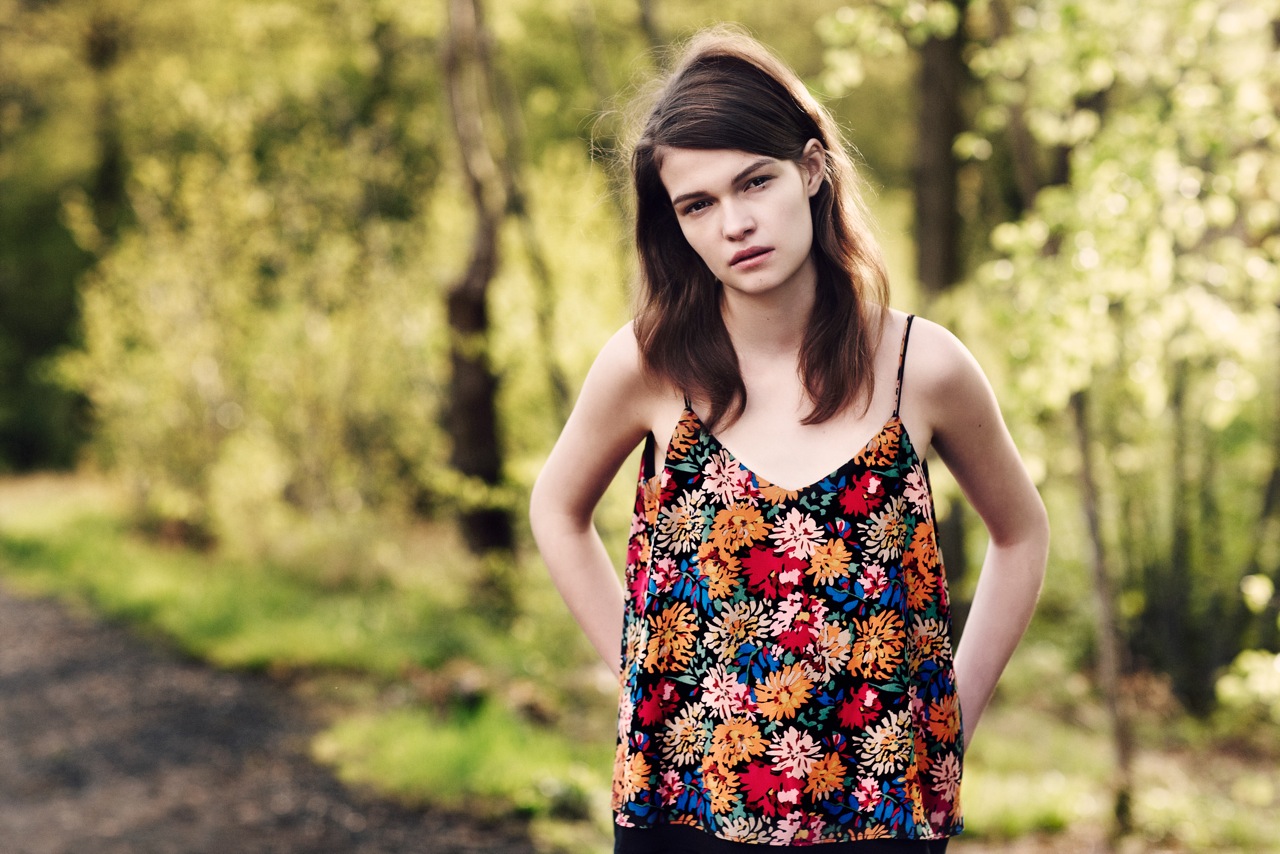
TOPSHOP RECLAIM TO WEAR CAPSULE SPRING SUMMER 2013(Courtesy of From Somewhere)
— The TOPSHOP collection sold out; how satisfied are you with the collaboration?
Well, the problem with working in a big industry is that it’s difficult to maintain a working group. These projects are way too big to move quickly for big industry.
We are hoping that TOPHSOP will continue to work well with upcycling, and inspire young designers to work on it. I am currently writing an enormous document for them, so that they can stay in the know. But I have to say, I wish they had put more people on the team for this collection.
The collaboration did not improve our From Somewhere sales, but it made a lot of difference in terms of making the brand better known. It elevated the label. And I know for sure that the collaboration helped to increase recycling awareness.
— You have taught Hong Kong’s young designers about recycling techniques for the EcoChic Fashion Award. What did you think about Hong Kong’s eco-fashion scene? What were your impressions?
I have been frequently visiting Hong Kong for the last few years, and have been teaching at the Hong Kong Design Institute in collaboration with Redress. It was just so quick. I did my first upcycling workshop two years ago, and now almost all Hong Kong Design Institute students are upcycling. There is massive interest, and the scene moves very quickly overall.
The students at Hong Kong Design Institute can see landfills from their window, and can see 234 tons of waste being dumped into those landfills every day. Also as a result of the economic downturn, a lot of the clothes are left unsold. So, it’s not something far away for them; the issue is very visible.
I believe that at 23–25 years old, they are the first generation to speak up about issues in the industry. Five to six years ago, people were saying, “I want to work sustainability, but I want to have my designs speak first, and don’t want people to know that I am sustainable.” But this generation says, “First, I want everyone to know that I’m sustainable, because I am a designer.” It’s totally different!
— On the other hand, what do you think about the current ethical fashion scene in the U.K.?
The U.K. is very advanced. We have school curriculums and supportive academics—brilliant people are behind us.
I am currently trying to make the collection cheaper because young people are becoming my customers. The audience is equally getting younger too. There are more and more upcycling ideas coming up from younger generations. There is a festival for upcycling in music, and artists are making something completely new by upcycling music.
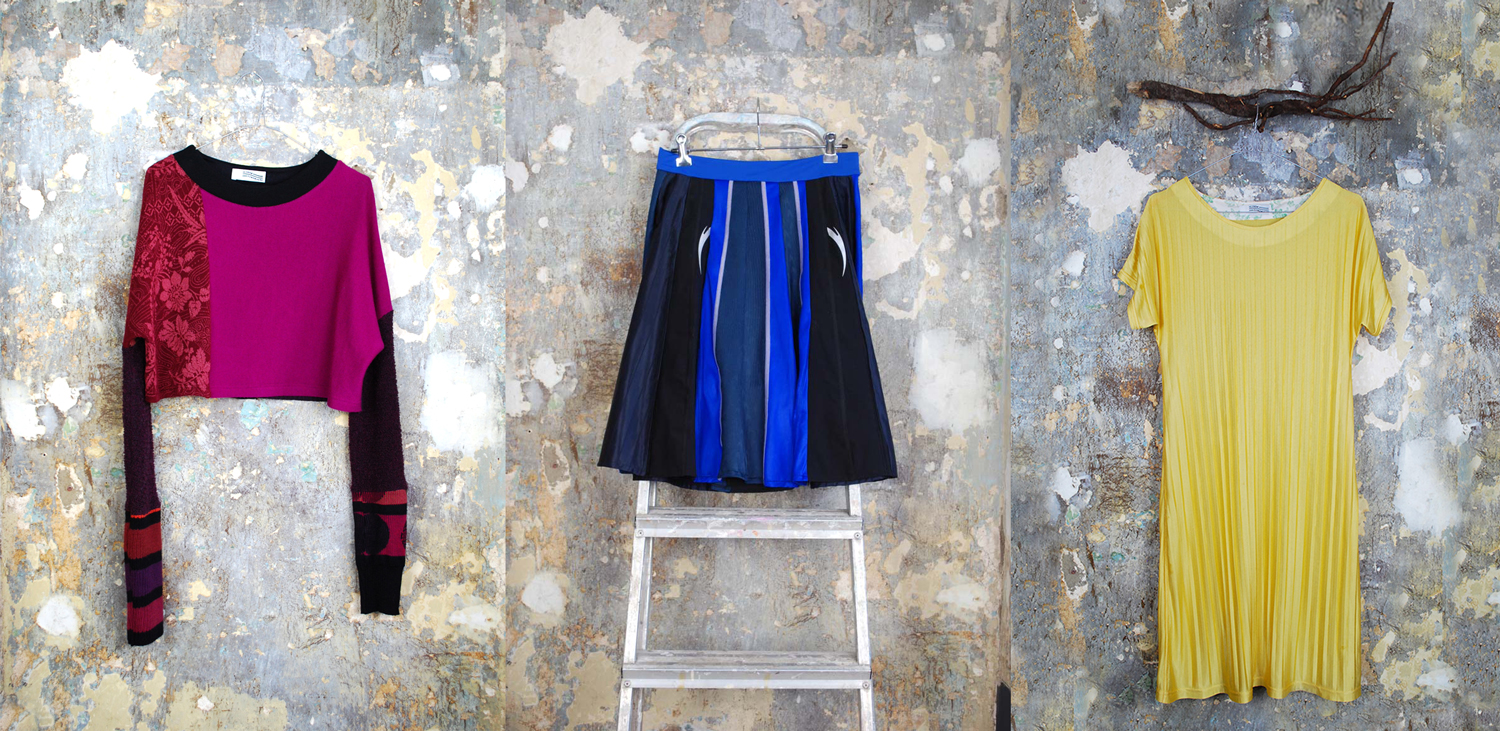
From Somewhere SS14 Collection(Courtesy of From Somewhere)
— What do you think is needed to expand eco/recycle fashion?
I think that we are on right track, and I don’t think that we need something new. Everything needed to push things forward has been already done, and we have a bigger audience now.
In terms of pioneer work, I feel that the fashion industry has been relatively slow to catch on, but they are rushing toward this trend, rebranding ourselves as being green. There is a distinctly different way of operating; The high-street is coming up with a product, while the high-end is working more on CSR and charity, which can be the story behind the product. We need more products that people would want to buy, alongside the CSR. So these two operations must merge.
— You have been working in the mainstream eco-fashion scene for a long time, why do you think that you were able to continue?
Because I can’t be in the other fashion scene. I mean, I obviously always worked with fashion in one way or another, but I am really comfortable with my peers in this new niche. I enjoy myself very much.
I set a goal for myself—that I wanted to see the change and work towards that change. If I didn’t have the support of my peers, whom I call Ethicana, I don’t think I would survive.

